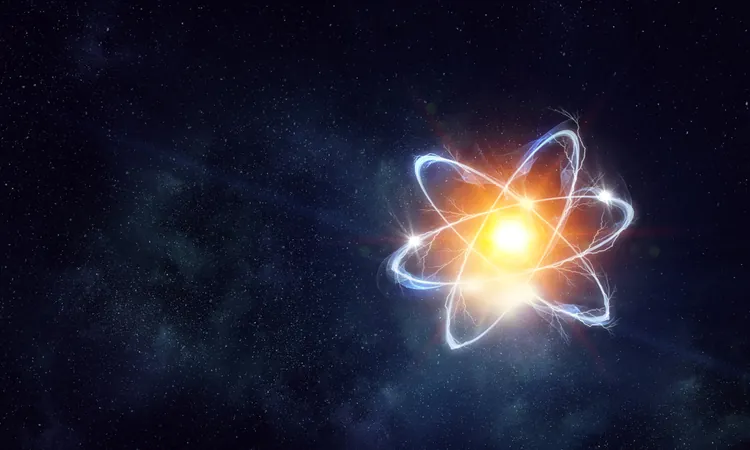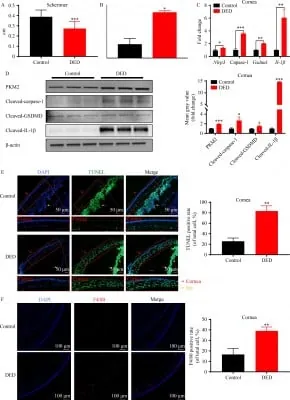
Unlocking the Mystery of Proton Size: How Scientists Measure This Fundamental Particle!
2025-09-10
Author: Liam
The Enigmatic Proton: Understanding Its Size
Protons, the building blocks of atomic nuclei, are fundamental to our understanding of the universe. Discovered by Ernest Rutherford in 1920, protons are not just particles but dynamic entities, comprised of quarks and gluons influenced by quantum chromodynamics (QCD). More than 99% of visible matter stems from nucleons like protons, making their study vital to particle physics.
Rethinking Proton Structure
Once thought to be fundamental and indivisible, protons reveal a complex internal structure. Researchers have almost cracked the code of the proton's size, but the definition of 'size' is complicated. The most recognized metric is the proton charge radius, a weighted average of its internal charge distribution, measured through experiments like those pioneered by Hofstadter in the 1950s.
Proton Size Measurement Techniques
Scientists utilize two primary methods to measure the proton charge radius: lepton scattering and atomic spectroscopy. In lepton scattering, electrons or muons bombard protons, and the interactions help determine how charges are distributed within the proton. The other approach uses sophisticated spectroscopy techniques to analyze the energy level changes in hydrogen atoms, which is especially enhanced with muonic hydrogen.
The Proton Charge Radius Puzzle
Recently, measurements of the proton charge radius have sparked a scientific conundrum known as the proton charge radius puzzle. Results vary drastically between muonic hydrogen and traditional measurements, leading to speculation about possible overlooked physics, experimental discrepancies, or mysterious forces at play beyond the current Standard Model.
Innovation at Jefferson Lab: The PRad Experiment
A groundbreaking approach taken by the PRad experiment utilized an innovative setup devoid of traditional magnetic spectrometers, achieving unprecedented accuracy in electron scattering measurements. Their findings suggest a smaller proton charge radius consistent with the muonic measurements, igniting new discussions in the physics community.
Future Endeavors and New Experiments
The search for clarity continues with enhanced efforts like PRad-II and the MUSE experiment in Switzerland, which aims to measure the proton radius via various lepton interactions. These projects represent the cutting edge of experimental physics, pushing the boundaries of what we understand about protons and the universe itself.
In Conclusion: A Journey of Discovery
As we delve deeper into the structure of protons, scientists remind us that every measurement and experiment reveals just how intricate our universe truly is. The quest to fully understand proton size is not only a testament to human curiosity but also a reflection of the scientific method at work.









 Brasil (PT)
Brasil (PT)
 Canada (EN)
Canada (EN)
 Chile (ES)
Chile (ES)
 Česko (CS)
Česko (CS)
 대한민국 (KO)
대한민국 (KO)
 España (ES)
España (ES)
 France (FR)
France (FR)
 Hong Kong (EN)
Hong Kong (EN)
 Italia (IT)
Italia (IT)
 日本 (JA)
日本 (JA)
 Magyarország (HU)
Magyarország (HU)
 Norge (NO)
Norge (NO)
 Polska (PL)
Polska (PL)
 Schweiz (DE)
Schweiz (DE)
 Singapore (EN)
Singapore (EN)
 Sverige (SV)
Sverige (SV)
 Suomi (FI)
Suomi (FI)
 Türkiye (TR)
Türkiye (TR)
 الإمارات العربية المتحدة (AR)
الإمارات العربية المتحدة (AR)